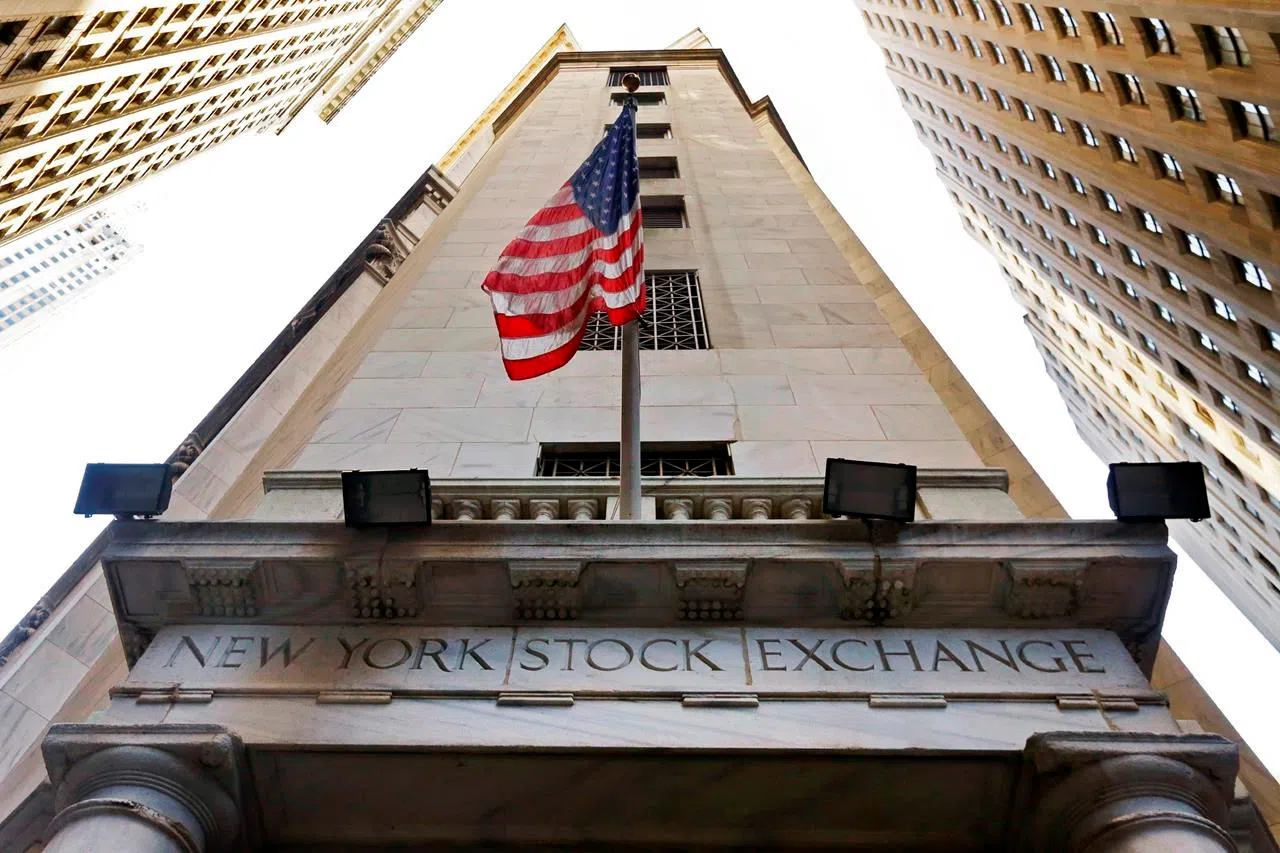
Equipment companies power Dow and S&P 500 to new records
NEW YORK — The Dow Jones industrial average and Standard & Poor’s 500 indexes again set records Wednesday in a quiet day of pre-holiday trading. Machinery and equipment makers climbed after strong results from Deere, but technology companies fell.
Stocks opened mostly lower, but they slowly recovered. Industrial companies like Caterpillar and United Technologies continued to rise. Banks also rose as bond yields climbed. Companies that make hardware and network devices skidded after printer and PC maker HP gave a weak profit forecast.
“It sends kind of a chill through the sector,” said Sameer Samana, a strategist for the Wells Fargo Investment Institute.
The Dow rose 59.31 points, or 0.3 per cent, to 19,083.18. The Standard & Poor’s 500 index edged up 1.78 points, or 0.1 per cent, to 2,204.72. The Nasdaq composite lost 5.67 points, or 0.1 per cent, to 5,380.68. Trading was relatively light ahead of the Thanksgiving holiday. U.S. markets will be closed Thursday and will close early on Friday.


